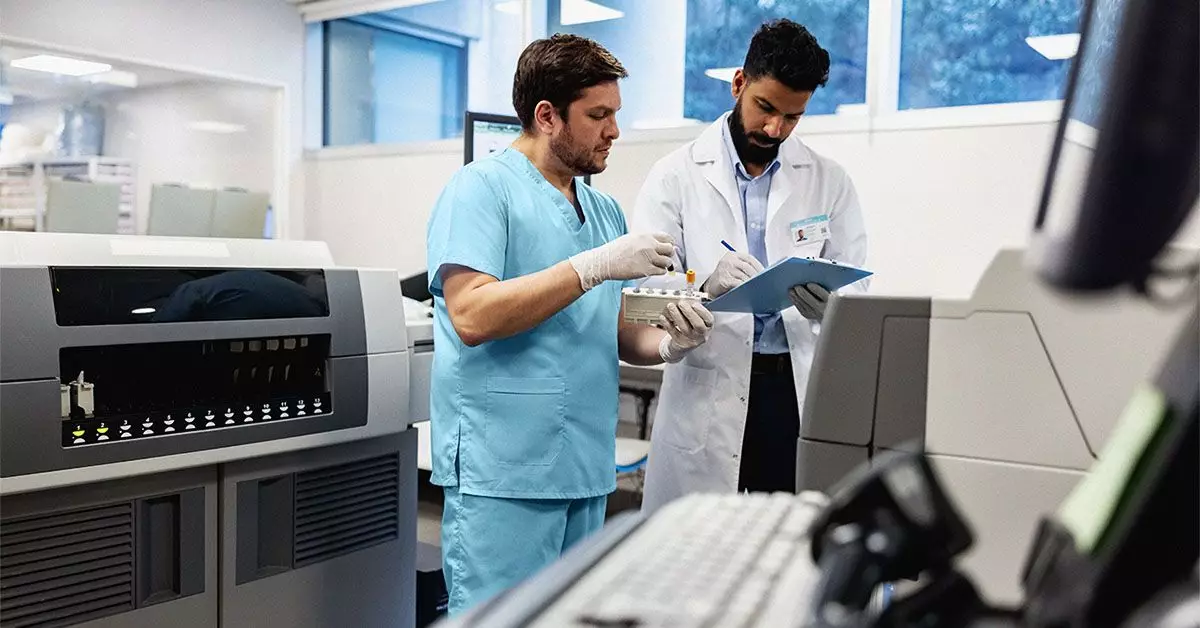Human Papillomavirus (HPV) and Pearly Penile Papules are two conditions that can affect the genital area, but they have significant differences. It is important to understand these variations to ensure proper diagnosis and treatment.
HPV is a common sexually transmitted infection that can lead to the development of genital warts. It is estimated that approximately 42 million people in the United States are currently infected with HPV. While most individuals do not exhibit any symptoms, some may develop warts as a result of the virus. Certain types of HPV can also cause cell changes that may progress to cancer over time.
On the other hand, Pearly Penile Papules are small bumps that can appear on the penis. These papules are usually the same color as the surrounding skin and are often found in rows around the head of the penis. Research indicates that the prevalence of Pearly Penile Papules ranges from 14% to 48% among males, with a higher occurrence in late adolescence and early adulthood.
While both conditions can manifest as small bumps in the genital area, there are several important distinctions between HPV and Pearly Penile Papules. Genital warts caused by HPV can be itchy, uncomfortable, and may change in color over time. In contrast, Pearly Penile Papules are generally painless and pose no risk to overall health.
Research from 2023 suggests that around two-thirds of males have expressed concerns about medium-to-large Pearly Penile Papules, while one-third find smaller papules concerning. Additionally, the prevalence of Pearly Penile Papules is higher in uncircumcised males but can still occur in circumcised individuals.
Genital warts due to HPV and Pearly Penile Papules may present similar physical characteristics, leading to misdiagnosis. However, it is crucial to differentiate between the two conditions for appropriate management. While Pearly Penile Papules do not typically require treatment and often resolve on their own, genital warts may necessitate medical interventions such as topical creams, surgical removal, or cryotherapy.
Preventing HPV transmission can be achieved through the use of condoms during sexual activity and vaccination. The CDC recommends the HPV vaccine for children aged 11 to 12, although adults up to 45 years old can also benefit from vaccination. Unfortunately, there is currently no known method for preventing Pearly Penile Papules as the cause of this condition remains unclear.
Understanding the disparities between HPV and Pearly Penile Papules is essential for accurate diagnosis and effective treatment. While both conditions may present as bumps in the genital area, they have distinct characteristics, causes, and management approaches. Consulting with a healthcare professional can provide individuals with clarity and guidance regarding these conditions.

